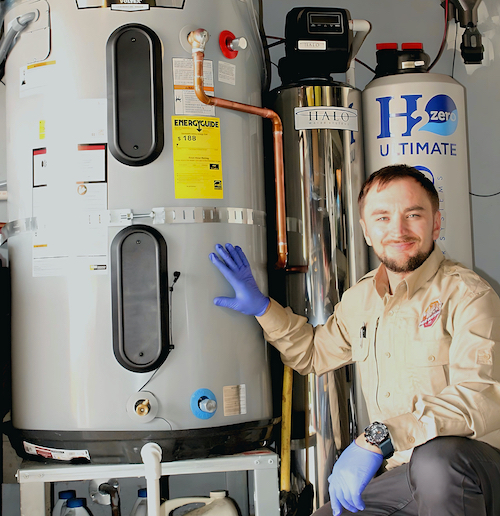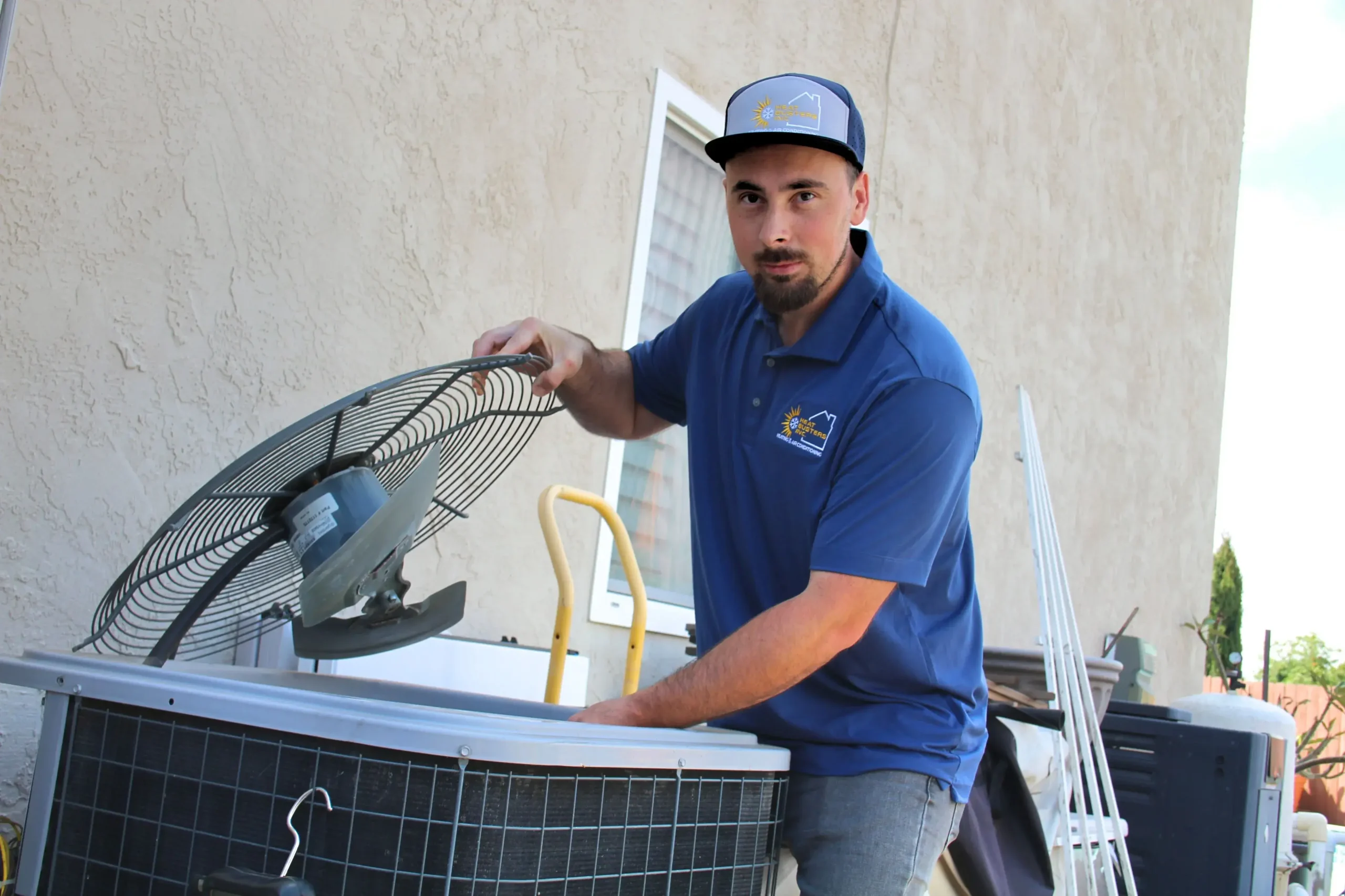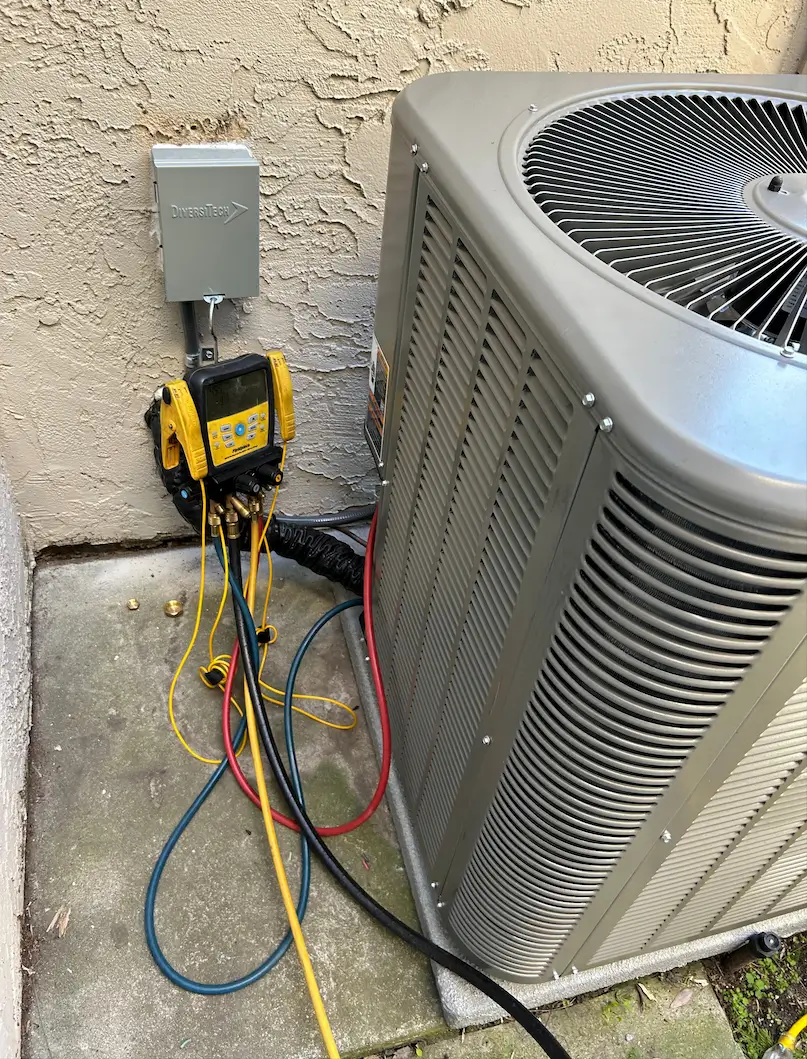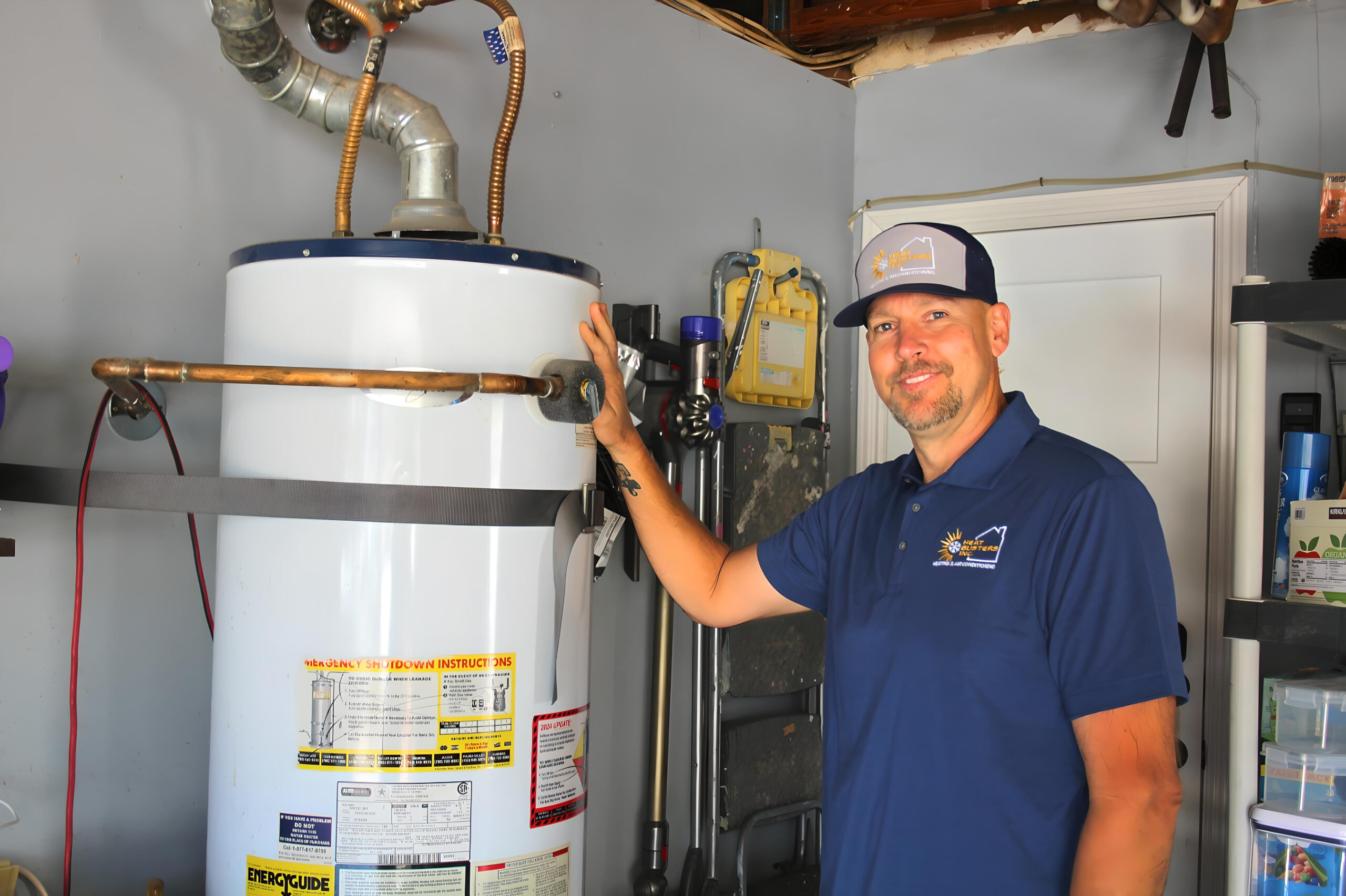(Note: This guide does not apply to tankless water heaters.)
As part of our mission to educate homeowners, let’s dive into the role of the anode rod, its importance, and how you can maximize the lifespan of your water heater.
What Is an Anode Rod and What Does It Do?
An anode rod is a critical component in tank storage water heaters, designed to protect the tank from corrosion and mineral buildup. Typically made from magnesium or aluminum, this rod sacrifices itself by reacting with corrosive elements in the water, sparing your tank from damage.
In areas with hard water (water with a high mineral content), the anode rod depletes faster. The harder the water, the more significant the wear, making regular inspection and replacement essential for extending your water heater’s lifespan.
How Hard Is San Diego’s Water?
San Diego’s water is classified as hard, averaging 276 parts per million (ppm) or 16 grains per gallon (gr/gal). However, depending on your specific area, this can range between 272–284 ppm.
In Poway, water hardness can reach 428 ppm, far exceeding the threshold for hard water (180 ppm). This increased mineral content accelerates the wear on magnesium anode rods, reducing their lifespan to around 2 years (compared to the typical 3–5 years).
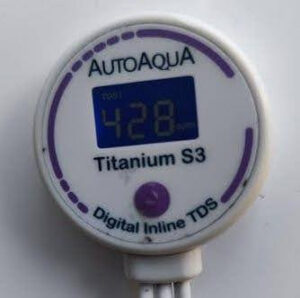
How Water Softeners Affect Magnesium Anode Rods
Yes, a water softener can reduce the lifespan of a magnesium anode rod. Here’s why:
- Increased Corrosivity: Softened water often contains higher levels of sodium or potassium ions, which increase water conductivity. This heightened conductivity accelerates the electrochemical reaction that depletes the magnesium anode rod.
- Aggressive Corrosion: The absence of hardness minerals (calcium and magnesium) makes the water more corrosive, causing the magnesium anode to wear out more quickly.
- Higher Replacement Frequency: In homes with water softeners, magnesium anode rods may last only 1 to 3 years, depending on water usage and softener settings, compared to the typical 3 to 5 years without a softener.
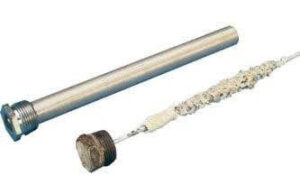
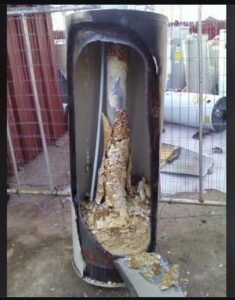
How Often Should You Replace the Anode Rod?
In areas with hard or softened water, it’s advisable to:
- Inspect the anode rod every 1–2 years.
- Replace the rod when it becomes heavily corroded or thinned to less than ½ inch.
How Can I Extend the Lifespan of My Water Heater?
- Regular Maintenance: Flush the tank annually to remove sediment, inspect for leaks, test the pressure relief valve, and check thermostat settings.
- Regular Inspections: Check the anode rod annually and replace it as needed.
- Adjust Softener Settings: Optimize the softener to avoid over-softening, which can make water excessively corrosive.
- Upgrade to a Powered Titanium Anode Rod:
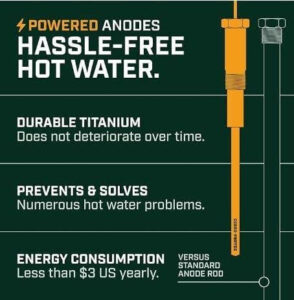
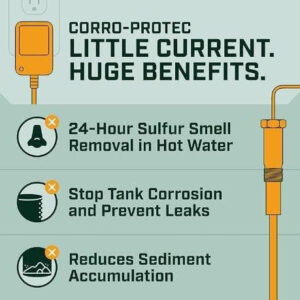

Why Upgrade to a Powered Titanium Anode Rod?
- Long-Lasting Durability: Backed by a 20-year warranty, powered anode rods outlast magnesium rods, reducing maintenance and replacement costs.
- Eliminates Rotten Egg Smell: Within 24 hours, powered anode rods stop the sulfur-related odor caused by magnesium rods.
- Stops Corrosion: Powered anodes use a small electrical current for consistent and reliable corrosion protection.
- Reduces Limescale Build-Up: Prevents mineral accumulation that can lower efficiency and increase energy bills.
- Advanced Material: Made from titanium, powered rods are resistant to corrosion and degradation, ensuring long-term reliability in harsh water conditions.
Why It’s a Game Changer
Powered titanium anode rods are a leap forward in water heater technology. They provide:
- Superior protection against corrosion.
- Odor-free, fresh water.
- Reduced maintenance hassle.
- Enhanced efficiency and longevity for your water heater.
At Heat Busters Inc., you can upgrade to a powered titanium anode rod for $599, which includes a one-time maintenance service prior to installation.
Don’t Wait – Take Action Today
Protect your water heater investment, enhance efficiency, and enjoy peace of mind. For more information or to schedule your upgrade, contact Heat Busters Inc. today: (619) 554-0745.


